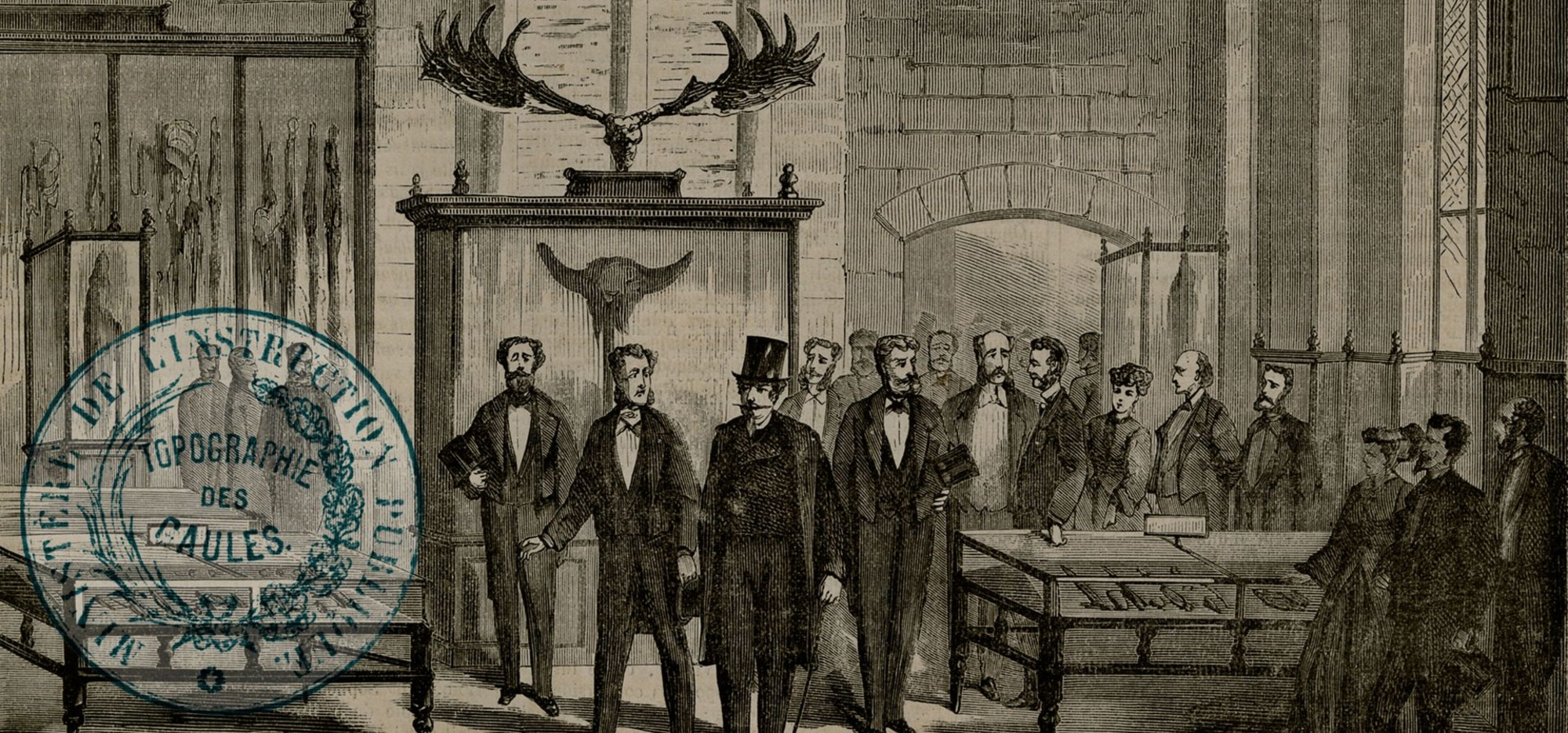
- Home
- The Commission de Topographie des Gaules
- An imperial commission
In the late 1850s, as the debate concerning the location of Alesia raged, and as he was writing his biography of Julius Caesar, Napoleon III decided to form a group of scholars tasked with shedding light on Caesar’s military campaigns during the Gallic Wars. Their primary task was to produce what would be considered authoritative maps of Gaul at different times.
Bringing together specialists and institutions
On 17 July 1858, Napoleon III issued a decree officially establishing the Commission de Topographie des Gaules (CTG), presided over by Félicien de Saulcy and under the authority of the Ministry of Education.
The strength of this commission was that it brought together renowned scholars and the institutions they worked for. Historians including Amédée Thierry, Alfred Maury and Natalis de Wailly, geographers such as Antoine-Lucien Blondel and Joseph-Daniel Guigniault, and military archaeology specialists such as Raymond de Coynart were all united on the project. The Comité des travaux historiques et scientifiques, Institut de France, École des Chartes, Bibliothèque impériale, Dépôt de la Guerre and Société de Géographie were among the institutions involved from the commission’s beginning.
An independent commission
While Napoleon III had created the CTG, this did not prevent it giving opinions which went against those of the emperor on specific points relating to the Gallic Wars. When the first map devoted to Caesar’s Gallic campaigns was presented to Napoleon III, the commission refused to locate ancient Uxellodunum and Cenabum in Le Puy d'Issolud and Giens, contradicting the emperor, certain he was right. The CTG was then withdrawn from the excavations at Alise-Sainte-Reine and replaced by Eugène Stoffel, one of Napoleon III’s ordnance officers. Perhaps that’s the price you pay for disagreeing with Napoleon III...




